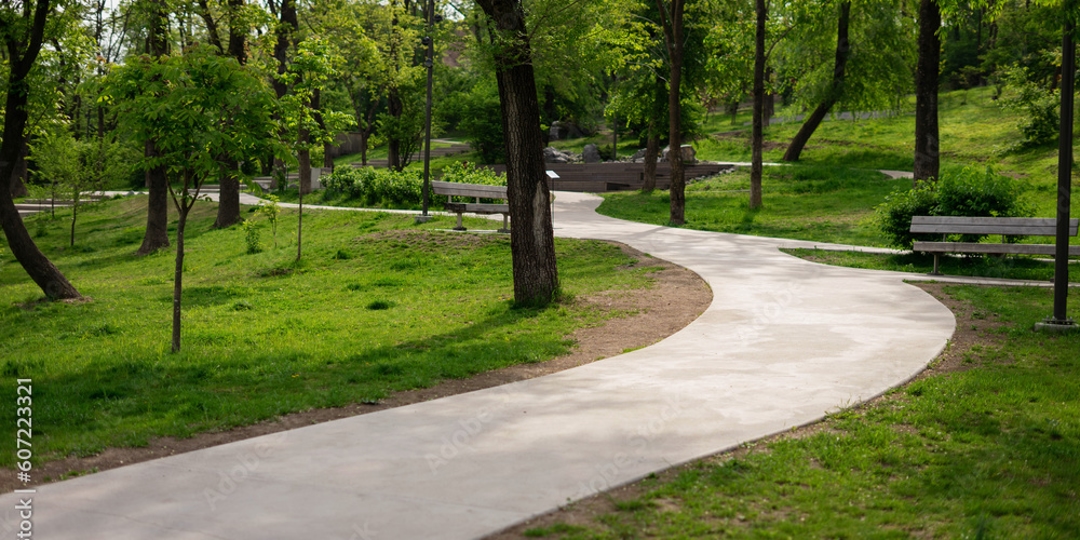Clearance pruning plays a critical role in managing tree growth near buildings, sidewalks, power lines, and public pathways. This targeted technique is especially important in urban and suburban areas like Houston, where mature trees often border dense infrastructure. By keeping branches safely away from structures and roads, property owners help prevent hazards and remain compliant with city safety standards. When done correctly, clearance pruning supports long-term tree health and reduces the risk of costly damage or emergency removals.
What Is Clearance Pruning and Why It Matters
Clearance pruning involves the selective removal of tree limbs to maintain safe distances between trees and nearby structures. It helps prevent branches from obstructing traffic signals, brushing against power lines, or overhanging rooftops. Utility companies, HOAs, and municipalities regularly use this service to enhance public safety and reduce accident risks. This method includes removing larger branches, downward-growing limbs, or any encroaching growth that interferes with visibility, pedestrian access, or infrastructure. When performed by certified arborists, clearance pruning preserves healthy branch tissue, promotes a strong structure, and minimizes damage to the parent branch or central trunk. Routine clearance pruning is essential for keeping sidewalks, driveways, and roads safe and accessible.
Identifying High-Risk Areas That Require Pruning
Certified arborists evaluate trees near structures, driveways, and public roads to determine where clearance pruning is necessary. High-risk areas include street trees near school zones, intersections with limited visibility, and trees with branches hanging over roofs or walkways. Trees along streets or county property often grow into traffic lanes or block important signage, requiring vertical clearance or canopy reduction. Overgrown lateral branches and dense crowns can also obstruct walkways, limiting safe pedestrian passage. In some cases, damaged roots can lead to leaning trees, making overhead limbs even more dangerous. By assessing growth patterns, branch attachments, and spacing, arborists can recommend either removal or reduction cuts to improve long-term safety. Regular inspections also help prevent decline in hardwoods, ash trees, and other large species that could pose injury or property damage risks.
Timing and Frequency for Clearance Pruning
Effective clearance pruning requires the right seasonal timing and consideration of the tree's growth cycle. Trimming in late spring allows trees to recover before the intense heat of summer, especially for deciduous or fruit-bearing varieties. Mature trees may benefit from an annual or biennial pruning schedule to maintain safe distances from buildings or utility lines. During the growing season, new growth can quickly reduce sidewalk clearance or cause low-hanging branches near streets. Dry weather pruning helps prevent the spread of disease through exposed tissue or dead stubs. Certified arborists often recommend inspections in early spring, with pruning scheduled during dormancy or late spring depending on the species and health. Structural pruning helps maintain natural form and prevents overloading the central leader or primary stems.
Common Mistakes to Avoid
Improper clearance pruning can cause more harm than good. Over-pruning or excessive thinning—often referred to as inappropriate thinning—can weaken a tree’s structure and increase susceptibility to disease. DIY efforts near rooftops or utility lines can lead to dangerous situations and interfere with power infrastructure. Using unclean tools on diseased limbs or cutting too close to the branch bark collar may trigger decay or pest infestations. Leaving branch stubs too long or removing entire limbs without considering the tree’s balance can result in lasting damage. Another common mistake is waiting too long—until clearance for vehicles or buildings becomes urgent. Preventive and risk-reduction pruning minimizes costs while preserving the tree’s health and structure.
How Clearance Pruning Promotes Tree Health
Clearance pruning goes beyond safety—it also benefits the tree itself. Removing dead, broken, or diseased limbs encourages strong structural growth and overall vitality in mature trees. Proper reduction cuts enhance air circulation and sunlight exposure, discouraging fungal growth in dense canopies. Lateral branches that compete for space or interfere with the tree’s permanent framework can be removed to reduce limb stress. Trimming downward-growing branches near the base improves symmetry and foliage quality. Eliminating stubs and decayed wood prevents the spread of disease and supports a healthy growth pattern. In short, clearance pruning is a vital strategy for maintaining both the beauty and resilience of your trees.
Partner with Monster Tree for Safe, Effective Clearance Pruning
If you’re managing trees near power lines, streets, or rooftops, Monster Tree offers professional clearance pruning backed by industry expertise. Schedule your consultation today—and let Monster Tree help protect your property, your trees, and the people who live and work around them.

